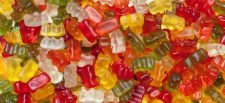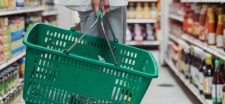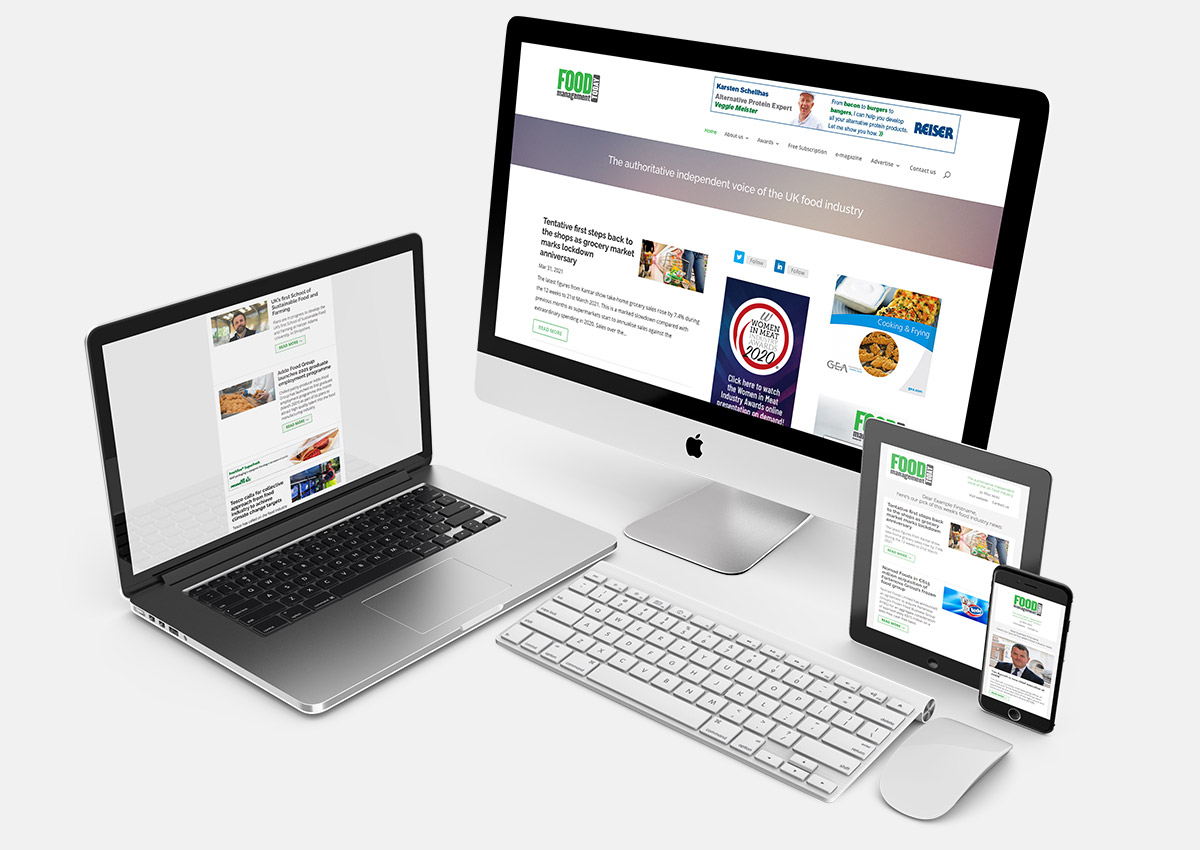The rate of grocery price inflation has fallen for the first time in nearly two years, according to the latest figures from Kantar, with four-week inflation now standing at 14.6%.
However, inflation still remains near record highs. Fraser McKevitt, head of retail and consumer insight at Kantar, commented: “Grocery inflation still has a long way to come down though and based on the current rate, shoppers will have to spend an extra £60 in December to buy the same items as last year. The cost of a traditional Christmas dinner for four has hit £31 in 2022, an example of just how much rising prices are impacting people at the tills and in their daily lives.”
Grocery sales increase
Take-home grocery sales have increased by 5.9% year on year in the 12 weeks to 27th November 2022, the fastest level of growth since March 2021.
According to Kantar, the combination of inflation and festive spending means that the coming month is on course to be the biggest ever for take-home grocery sales. Fraser McKevitt expanded: “December looks set to be a record-breaking month with sales going above the £12 billion mark for the first time. We’re expecting Friday 23rd December to be the busiest day for pre-Christmas shopping.”
The number of times people visited the supermarkets hit a new high this period. McKevitt added: “Households went grocery shopping more than 48 times in the 12 weeks to 27th November, that’s the highest frequency we’ve recorded since April 2020. This is largely about the gradual return to pre-Covid behaviours – something we’ve been following for many months.”
Consumers are leaving their seasonal purchases later this year as they try to manage budgets in the run up to Christmas Day. McKevitt explained: “Sales of mince pies, Christmas puddings and Christmas confectionery are worth 2% more than last year, but this rise can largely be put down to higher prices. If we look at the amount of people buying these items and the overall number of purchases made, then sales are actually down on 2021.”
Growth for own label
Kantar said that it was seeing more evidence of the coping strategies shoppers are adopting to mitigate rising costs, and in particular own label sales are growing at pace, now up 11.7% year on year.
McKevitt said: “The cheapest value own label lines have soared by 46.3%, but people still want to find room for treats at this time of year and this is driving growth at the other end of the spectrum too. Premium own label sales are up by 6.1% to £461 million in November.”
Discounter popularity remains
The strong growth of the discounters continued over the latest 12 weeks with both Aldi and Lidl opening new stores across Britain. Lidl’s year-on-year sales increased by 22%, pushing its market share to a record 7.4%. An additional 1.5 million households shopped with Aldi compared with 2021 as it grew sales by 24.4% to claim 9.3% of the market.
Asda’s sales grew ahead of the sector, up by 6.1%, keeping its share steady at 14.0%. Tesco’s market share is at 27.2% as its sales rose by 3.9%. The second largest retailer, Sainsbury’s, pushed up sales by 4.3% this period.
Convenience retailer Co-op increased sales by 3.5% and achieved 6.0% market share. Waitrose’s market share is at 4.5% while Iceland’s sales grew by 6.1%, as its share remained at 2.3%. Ocado’s market share is slightly down at 1.7%, with sales declines concentrated in its traditional southeast and London heartland. However, the online specialist continues to expand its reach in northern England.









